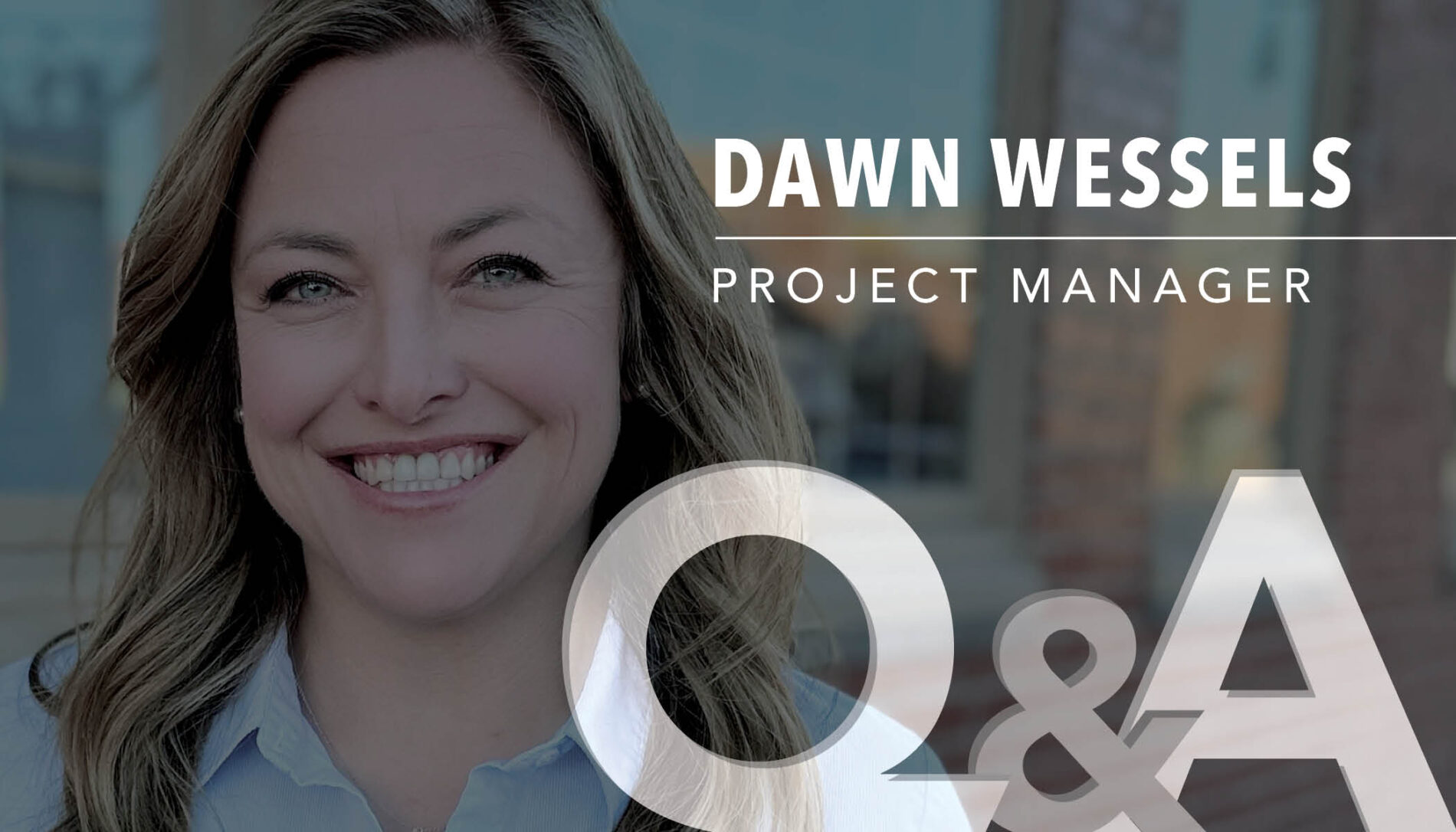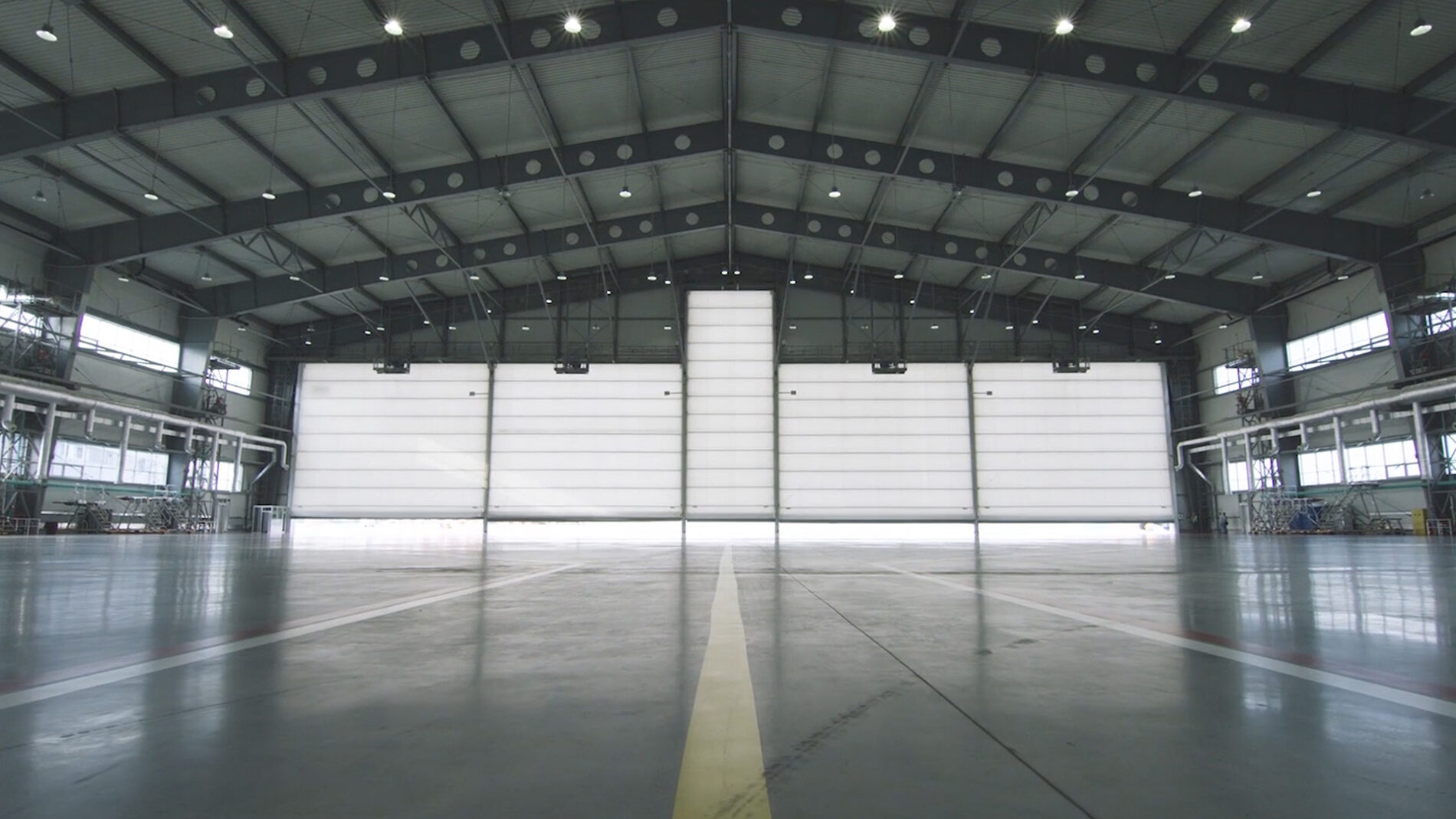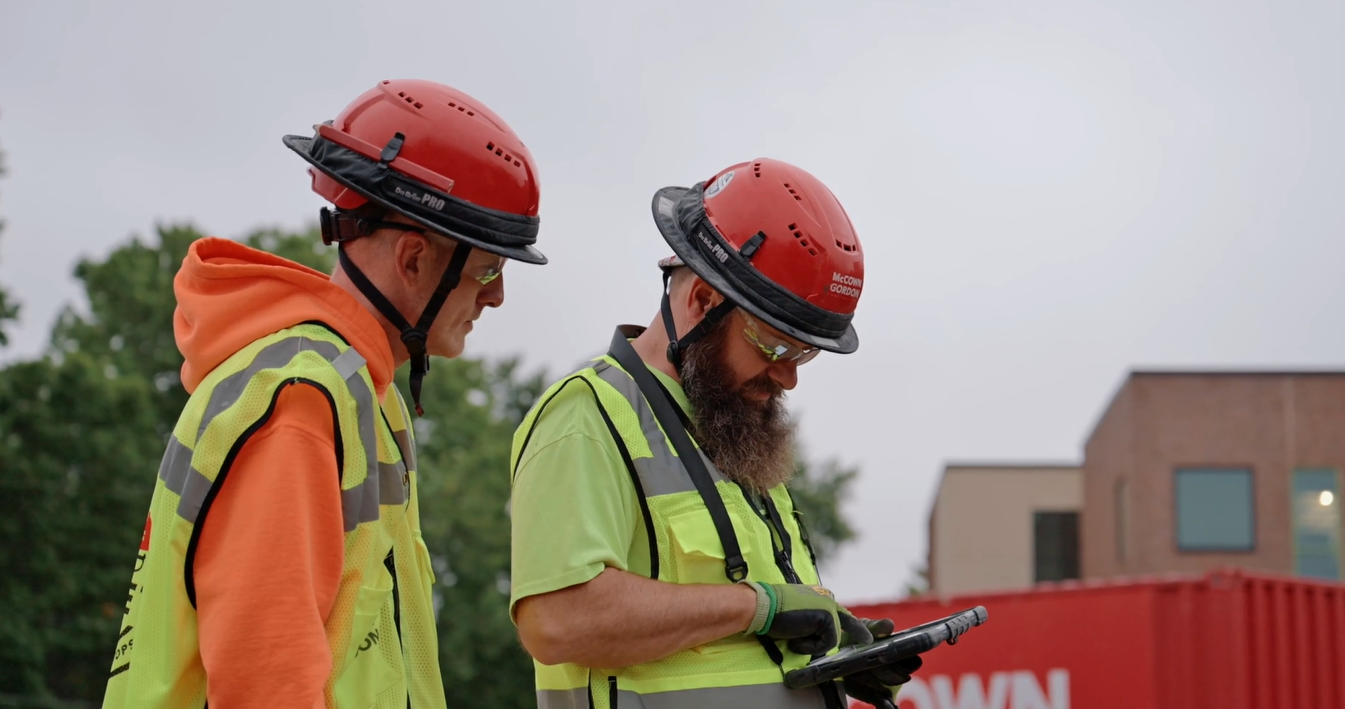Q&A with Dawn Wessels
Understanding her background and work building behavioral health spaces

What is your background in managing healthcare facilities?
I went to Kansas State and got a degree in Interior Architecture. I worked at various architectural firms throughout my career, but landed at Health Facilities Group where they specialized in healthcare design. Having that specialized knowledge helped me get a project manager of construction position with Ascension Via Christi Health here in Wichita. The projects I managed there ranged in scale and focused on both patient-facing and infrastructure for the hospitals and clinics in the network. I gained much of my experience with behavioral health as the PM for a $60M hospital renovation that added 150 in-patient beds and spanned three years. Subsequent projects included an observation unit for behavioral patients as well as specialized emergency department treatment rooms.
What are the key components of behavioral health facilities?
The safety and security of patients and staff is of the upmost importance in a behavioral health setting. Regulations governing an inpatient behavioral health facility continue to grow and change; I saw this first-hand as we progressed through design to putting work in place. A tremendous number of details within the environment are based on the type of patients whether adult, geriatric or adolescent and also the type of care each patient will receive. A patient in intensive care whose diagnosis also involves behavioral health treatment requires an anti-ligature space while still affording access to acute treatment involving oxygen or a specialized bed. A geriatric treatment unit relies on therapeutic opportunities for those patients who need help deescalating unpredictable behavior.
How does McCownGordon Construction provide exceptional services in healthcare, and more specifically, behavioral health facilities?
McCownGordon’s experience in healthcare is considerable and successful in the eyes of administrators, staff and patients. We have taken the next logical step to understand the specialized assemblies, products and safety strategies that are specific to care for a behavioral health patient. Building for this specialized care takes special considerations that exceed those of a typical acute care, emergency treatment, outpatient clinic or observation unit.
From your perspective, how does construction and a building’s environment directly and indirectly affect one’s mental health?
It’s my opinion that any individual who remains in a space for a long period of time runs the risk of extremes such as boredom or over stimulation. Ideally, the built environment affords users a change in scenery, comfortable temperatures, appropriate noise levels and the opportunity to move. As builders, it’s our job to assure these opportunities are carried through as intended. We want users to be at ease and effective whether enjoying fine dining, healing in a hospital bed or in an office working through numbers and data.
How can these spaces and facilities positively impact our communities?
When there are more treatment options available in our region, patients and their families can be close to home during times of crisis. Being in a hospital can be difficult enough without also being several hours away from your hometown and loved ones. Once released from inpatient care, the availability to further outpatient treatment means more opportunity for continued medications or therapy. If citizens and healthcare providers in our communities can get help that’s local, we’re part of a solution that positively impacts everyone.




